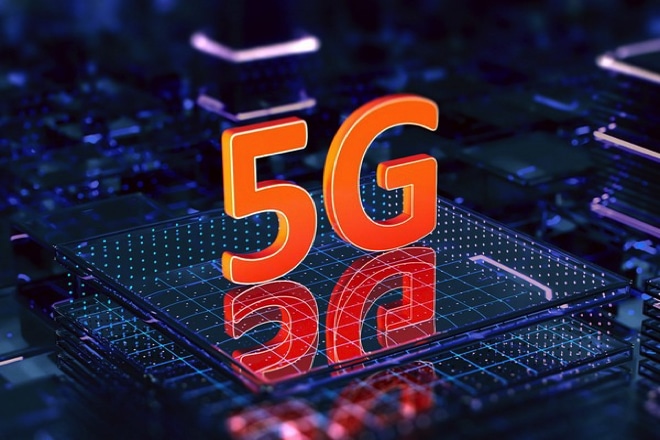As India prepares for 5G rollout, IoT industry is expected to go through a huge positive transformation, enabling a number of use cases which are currently not possible with 4G.

The much-awaited network trial for 5G services in the country is slated to start from June. A Telecom Ministry panel, which deliberated on the quantum and duration of the spectrum trial, has already recommended Airtel, Vodafone-Idea and Reliance Jio to put 5G networks on trial for three months.
At the same time, three equipment vendors, Samsung, Nokia and Ericsson, have got the green signal from the panel for the 5G trail. According to reports, Jio is likely to partner with Samsung, Nokia with Airtel and VIL with Ericsson for the trial. After 5G trial takes place, spectrum auction is expected in October.
Globally, there is a lot of expectations around 5G use cases and India isn’t an exception. Not just telcos, but the electronics industry is also bullish on 5G, which is expected to serve as the foundation for realizing the full potential of emerging technologies such as the Internet of Things (IoT).
The next generation of mobile technology is predicted to greatly benefit IoT innovation. It is expected to bring high-speed connectivity, very low latency and ubiquitous coverage.
According to Frost & Sullivan report, globally IoT devices stand close to 15 billion in 2018 and it is expected to reach 60 billion by 2024.
Thanks to government initiatives like smart city, the Internet of Things (IoT) market is gradually rising in India as well. Currently, there is close to 500 million connected devices in India and the number is expected to grow to about two billion devices by 2020. The country is also targeting to build a five-billion connected IoT ecosystem by 2022.
According to a joint report by IAMAI and Deloitte, the overall IoT market in India is projected to grow to USD 12 billion by 2020, with industrial IoT having the lion’s share of the revenue.
Expectations of industry leaders from 5G rollout
5G would be a major part of network infrastructure in the Internet of Things (IIoT) and smart manufacturing, says Kalyan Sridhar, Managing Director, PTC.
“If you look at the smart cities, a large part of the project is infrastructure. It’s about network enabling, it’s about providing Wi-Fi connectivity and all that. In a smart city, if you’re going to have high speed Wi-Fi, connected cars, smart traffic, remote management, etc., it will definitely help,” Sridhar tells Electronicsforu.
Meanwhile, Vishwanath Belur, Director – product management for IoT & real time streaming solutions at Informatica, is confident that when 5G services are rolled out in India, “IoT industry would go through a huge positive transformation with a number of use cases which are not possible now with 4G.”
He cites two major areas of transformations – one is nano-second latency data transfer from IoT devices for faster decision making and the other is device-to-device communication for enhanced customer experience.
According to Vishwanath, IoT adoption in India has picked up significantly in the last 1-2 years. He feels that government initiatives such as Smart City and Digital India, coupled with recently announced policy on IoT can act as catalysts to further drive the adoption of IoT technologies in the country.
“Even though the government has introduced the IoT policy, still there is a need to focus on four key areas to make India an IoT-super power,” Vishwanath tells Electronicsforu in an email interview. The four key areas, according to him, are –
- Promote IoT adoption as the key success criteria for the “Make in India” program by incentivising industries to adopt IoT technologies
- Promote open standards for communication between IoT devices
- Offer job-based skills development for IoT based automation
- Introduce IoT courses in classical science and engineering courses to increase students’ exposure to IoT technology. This would help reduce the amount of time and costs for companies in hiring new talent with adequate exposure to IoT technology










